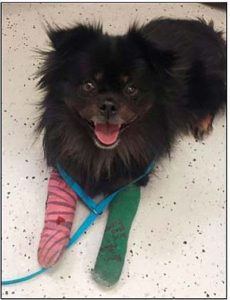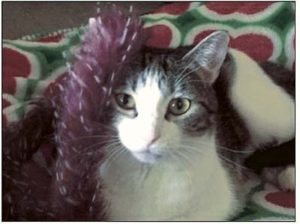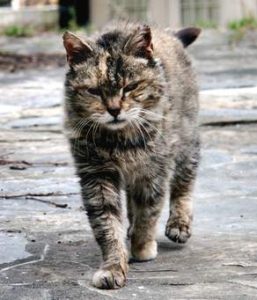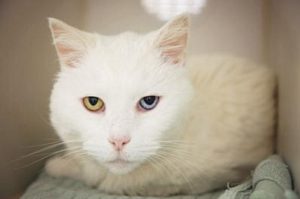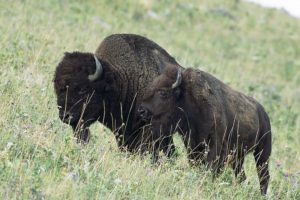 In the 16th century North America contained 25-30 million buffalo. However, in the 19th century bison were hunted almost to extinction – with less than 100 remaining by the late 1880s. This mass destruction came with ease to hunters. When one bison is killed, the others gather around the fallen buffalo, which leads to the easy annihilation of large herds.
In the 16th century North America contained 25-30 million buffalo. However, in the 19th century bison were hunted almost to extinction – with less than 100 remaining by the late 1880s. This mass destruction came with ease to hunters. When one bison is killed, the others gather around the fallen buffalo, which leads to the easy annihilation of large herds.
As the great herds began to wane William F. “Buffalo Bill” Cody, among others, spoke in favor of protecting bison because he feared the pressure on the species was too great. In 1874, President Ulysses S. Grant “pocket vetoed” a Federal bill to protect dwindling bison herds. In 1875, General Philip Sheridan pleaded to a joint session of Congress to slaughter the herds to deprive the Indians of their source of food. By 1884, the American Bison was close to extinction.
In the effort to save this noble species a herd was brought to the Grand Canyon region in the early 1900s. The herd was managed from 1950 into the 1990s by the state of Arizona in the House Rock Wildlife Area (HRWA) in Kaibab National Forest.
During the late 1990s, the herd began migrating to the top of the Kaibab Plateau and into Grand Canyon National Park (GCNP). Today, few bison remain in HRWA preferring the environs of the Grand Canyon Park.
Some 400-600 bison live within the Park. The National Parks Service (NPS) contends the herd is impacting park resources, including water and vegetation – and they want to reduce the herd to 80-200 animals – using hunters.
Advocates for the use of lethal force include Senators John McCain and Jeff Flake, and Congressman Paul Gosar. Arizona Game & Fish Commission Chairman Kurt Davis says his agency won’t even consider a plan that doesn’t include killing, stating, “Any solution should embrace the most cost-effective and heritage-driven option of using citizen hunters to help manage the growing bison herd.”
“Cost-effective,” “heritage-driven” and “manage” is code for “bullets” “slaughter” and “kill” respectively.
Strangely, politicians seldom seem as concerned about the impact cattle have on our public lands. According to a 1997 EPA study, nearly one third of the prime top soil in the US has been lost over the last 200 years due to cattle grazing. Cattle are also considered one of the main sources of pollution in U.S. streams, and are frequently responsible for outbreaks of Giardia and Cryptosporidium.
In fact, bison grazing has been found to help cultivate the land, making it ripe for a diverse range of plants, whereas cattle eat through vegetation limiting the ecosystem’s ability to recover. Comparing cattle to bison is not meant to upset the cattle industry. But it does beg the question that with over 900,000 head of cattle impacting every corner of Arizona every day are we really willing to concede we don’t have the collective brainpower to humanely accommodate a few hundred bison without resorting to killing?
Congress has introduced a pair of bi-partisan bills meant to “protect” Park resources from further bison “damage” by “requiring” the Department of Interior and AZ Game and Fish to develop a plan to permit hunters to “assist in managing” the bison population.
The government’s approach to this “problem” brings to mind Maslow’s Golden Hammer (when all you have is a hammer every problem you encounter needs pounding).
Fortunately, there’s still time to propose humane, non-lethal solutions. NPS is granting the public until March 26 to weigh in. Perhaps, if enough of us ask state officials to consider life-affirming solutions we could begin to put our heritage-driven brutality behind us for good. Comments welcomed at https://parkplanning.nps.gov/commentForm.cfm?documentID=71123
Ed Boks is the executive director of the Yavapai Humane Society.
